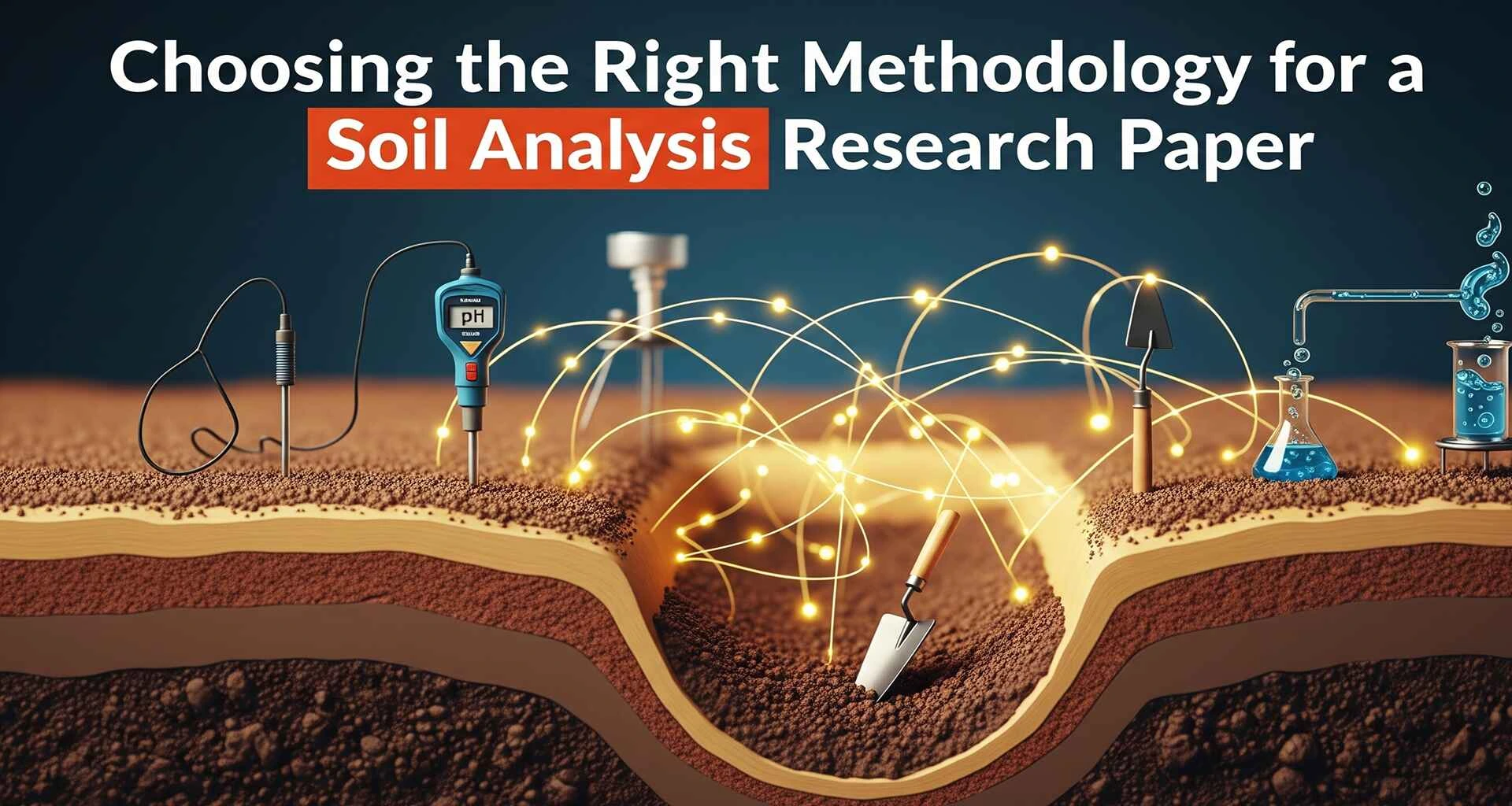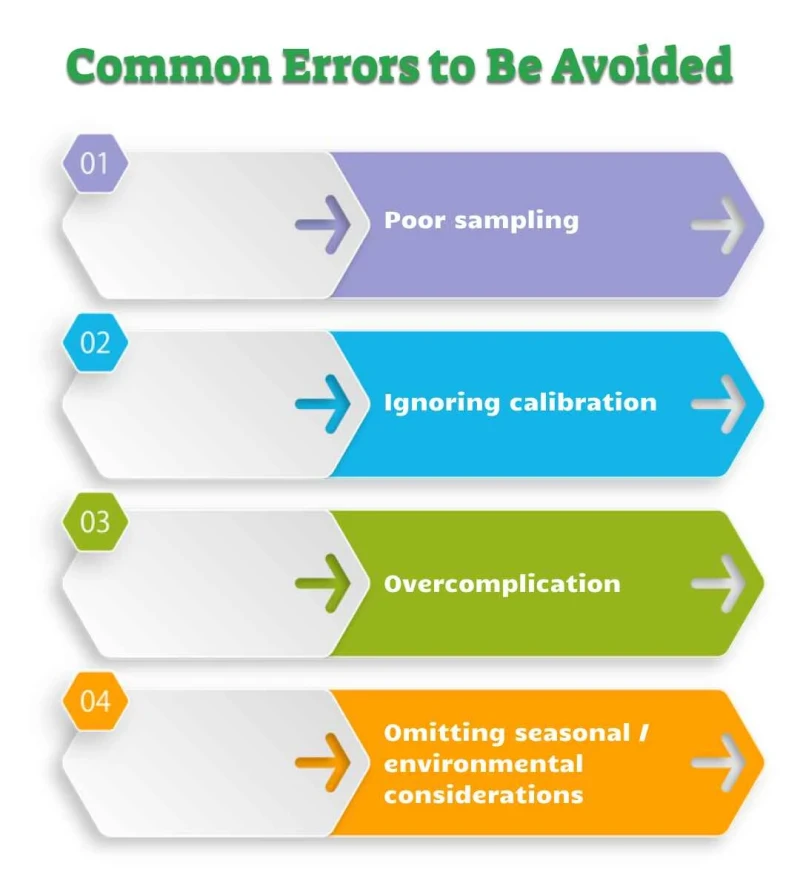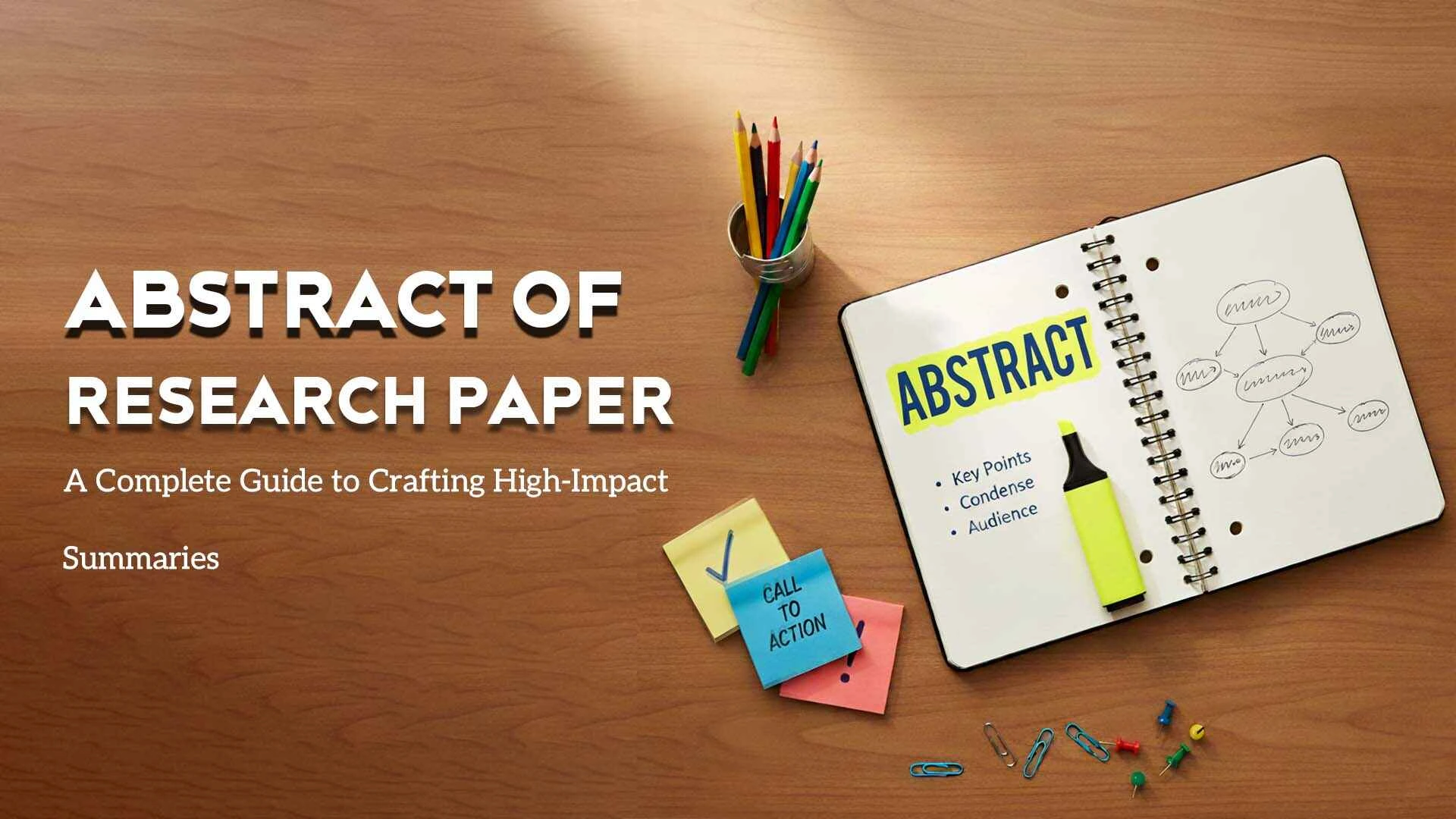

Katy Richard.K
Testing of soils is the basis of scientific research in agriculture, environmental science, and engineering. Through examination of the physical, chemical, and biological soil characteristics—e.g., nutrient levels, pH, texture, and microbiological capacity—researchers can infer the health, fertility, and potential use of soils.
It plays an extremely crucial role in land use decision-making, agricultural production, and nature conservation. Another equally critical decision is research methodology. The selection of methodology influences data collection, analysis, and interpretation, influencing the validity and reliability of research evidence.
A well-established methodology guarantees that research aims are accomplished in an organised manner and findings are replicable and credible. The article intends to emphasise the role of soil testing in research and posit the significance of methodological decisions in producing credible and meaningful scientific results.
Knowledge of the research problem is essential for conducting pertinent and meaningful soil studies. Stated in clear terms, the research problem underlies any study, shaping method selection and result interpretation. Agricultural studies can be maximising fertilisation management or yield enhancement via soil fertility determination.
Environmental science can probe soil pollution, determining the incidence of heavy metals, pesticides, or other contaminants. Soil health studies will most likely quantify biological activity, organic matter content, and physical structure for land management continuity.
Aligning methodology with the purpose of research guarantees that the methods selected are precise and successful. For instance, methods of chemical analysis are best suited to identify deficiencies in nutrients, and microbiological tests are required for determining soil biodiversity. A perfectly aligned methodology enables researchers to acquire precise, reliable data that directly addresses the main research questions.
Equilibrating the study size with available resources and time is also of utmost importance. Extremely broad objectives will water down focus and consume resources, while narrow ones can restrict scope for the scope of findings.
By an accurate definition of the research problem and the use of a methodology that is appropriate to the objectives of the study, researchers can produce actionable, meaningful outcomes in soil science research.

Quantifies sand, silt, and clay proportions. Affects water holding capacity, drainage, and nutrient supply. Typical approach: jar test (shaking soil-water suspension and noting settled layers).
Describes the organisation of soil particles into aggregates. Affects aeration, water penetration, and root development. Visible to the naked eye or by using sieves and imaging.
The Amount of pore space between particles in the soil. Controls how much air and water the soil can retain. Calculated from bulk density tests or water infiltration tests.
Field observation, laboratory sieving, and particle-size analysis are methods used to evaluate overall physical analysis and properties. Properties are used to forecast behaviour and plan land use practices.
Measures soil alkalinity or acidity. Is very important for nutrient availability; most crops are adapted to pH 6.0–7.0. Measured with pH meters or using indicator solutions.
Comprise macronutrients (N, P, K) and micronutrients (Ca, Mg, S, etc.). Controls soil fertility. Procedures: chemical extraction, spectrophotometry, and chromatography.
Indicates soil fertility and water retention capacity. Methods: Loss on Ignition (LOI) or wet oxidation methods.
Laboratory protocols provide accurate measurement of chemical constituents, optimise fertilisation, and avoid environmental pollution.Chemical analysis informs crop management and sustainable land-use planning.
Records metabolic processes of bacteria, fungi, and other microorganisms reflecting soil fertility and ecological well-being. Measured by respiration tests or enzymatic assays.
Measures living soil units such as microbes and roots. Gives an indication of the productivity of the ecosystem and nutrient cycling.
Highly developed methods like DNA sequencing, metagenomics, and PCR detect and measure microbial communities. Identifies both favourable organisms and potential pathogens.
Biological analysis is supplemented by physical and chemical techniques, providing a complete picture of soil health and informing sustainable agricultural and environmental management practices.
Selecting an efficient methodology is extremely crucial for valid, replicable, and meaningful soil research. Key factors to consider are research question & hypotheses, scale of study, efficiency, and compliance.
The methodology must be directly related to the study objectives.
It should be capable of testing hypotheses efficiently.
Example: A Nutrient dynamics study relies on proper chemical analysis, while microbial diversity analysis is accessed through molecular or culture-based approaches.
Field Studies: Replicate actual field situations, with natural variability. Handyg in applied studies, but time-consuming and resource-intensive.
Laboratory Studies: Create controlled, more accurate conditions with replicability but frequently not fully representative of actual soil behaviour.
Researchers must consider the advantages and disadvantages of each scale to meet study requirements.
Advanced techniques (e.g., chromatography, molecular analysis) are extremely accurate but require expensive equipment, trained personnel, and additional resources.
Less complex methods may be sufficient for preliminary surveys or mass monitoring.
Time constraints must be balanced so as not to decrease data completeness or quality.
Compliance with established procedures of agricultural, environmental, or scientific organisations ensures reproducibility and credibility.
Compliance with accepted standards makes comparison across studies easy and enhances acceptability in peer-reviewed journals.
A sound strategy begins with the clear definition of the sampling scheme, i.e., sampling strategy (random, stratified, or systematic), best describing the study area. It is very critical to specify an appropriate sample size to ensure statistical reliability and minimize bias. The study design should include selection criteria for sampling sites depending on the study objective, environmental factors, and soil characteristics. A specific step-by-step strategy facilitates uniformity and transparency in the study.
Replication is for allowing natural variation in soils. Taking the same measurement on lots of samples or plots and doing it again provides scientists with more confidence in their findings. Control treatments provide a benchmark against which experimental effects can be distinguished from natural variation. Having replication and controls built in ensures results are consistent and accurate, and that the study is more reliable.
Blends of qualitative and quantitative approaches have the potential to provide a more in-depth understanding of soils' nature. Quantitative data, i.e., nutrient content or pH, can be supplemented with qualitative data such as texture or structure. Mixed-method approaches allow researchers to follow complex associations in soil systems, adding richness and power to the research.
Pilot studies before the experiment allow the potential errors, procedures, and procedures' feasibility to be ascertained. Pilot trials may represent sampling method errors, data collection procedures, or analysis errors, allowing changes beforehand. It prevents costly errors and increases overall reliability and research efficiency.
Clearly define procedures for collecting soil, including proper storage, labeling, and transport, to maintain sample integrity and prevent contamination or degradation.
Implement strategies to minimise both human and technical errors during sampling and analysis, ensuring accuracy, consistency, and reliability of results.
Apply descriptive and inferential statistical techniques carefully to interpret data, identify patterns, and draw valid conclusions from soil measurements.
Utilise software tools such as R, Python, or GIS platforms to visualise and present soil data effectively for clearer interpretation and reporting.

Perhaps the most important error made in soil studies is application of biased or inadequate sampling strategies. Unrepresentative locations or taking too small a number of samples can render results unreliable and produce fallacious conclusions. Adequate planning of sample sites and quantities is needed to represent soil variability accurately.
Not calibrating instruments or equipment before use is another common mistake. Uncalibrated equipment can yield faulty measurements, impacting both precision and reproducibility. Regular calibration, accompanied by systematic checks during experiments, guarantees that data remains valid and reliable.
Complicated procedures can lead to confusion and a higher risk of errors. Adding unnecessary steps or employing overly advanced techniques without reason can consume time and resources. Methodologies must be as straightforward as possible without forsaking the research goals.
Soil characteristics tend to vary with seasons, weather, and environmental conditions. Omitting these considerations may skew results or render them non-reproducible. Researchers should design sampling and experiments with temporal and environmental variation in mind, so that results will accurately express natural conditions.
An effective research method is the pillar of any scientific investigation, such that the research process is systematic, precise, and reproducible. Properly matching the method with the research aims enables meaningful data acquisition, appropriate analysis, and interpretation of findings.
Every phase, from the sample design to the visualisation of data, adds to the general credibility of the study and prevents typical errors like flawed sampling or measurement flaws. Highlighting replication, control measures, and pilot studies reinforces the strength of findings, making them robust and reliable.
For researchers working on intricate projects, the importance of methodology ensures that each decision is properly informed and the findings of the research are valid. We are always here to help clarify or provide you with guidance throughout your research, leading you to high-quality, reproducible, and impactful results

Dissertation vs Thesis: Key Differences Explained

How to Write a Research Proposal: Format & Guide

Thesis Topics: How to Choose the Best One for Your Research

How to Write a Literature Review: A Complete Guide

Abstract of Research Paper: A Complete Guide to Crafting High-Impact Summaries